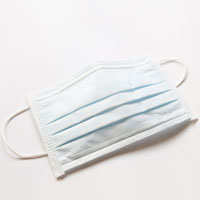 Smart Citations
Smart CitationsSee how this article has been cited at scite.ai
scite shows how a scientific paper has been cited by providing the context of the citation, a classification describing whether it supports, mentions, or contrasts the cited claim, and a label indicating in which section the citation was made.
Coronavirus syndrome: COVID-19 psychotrauma
The authors propose term “coronavirus syndrome” for the mental disorder that is a psychical response to the global problem of COVID-19 pandemic. This syndrome will affect up to 10% of the population and we could already observe acute stress reactions to the spread of the infection and changes in people’s ordinary lifestyle. However, the most severe response will be seen later, in this case the catastrophe is similar to the clinical picture of post-traumatic stress disorder. The problem is that coronavirus syndrome will affect the working capacity of population at the period, when economical recovery is essential. The risk groups are health caregivers who worked in COVID departments; patients recovered from a severe form of the disease; people who have lost their loved ones; and those who have suffered significant financial losses or lost their jobs. Adequate prophylaxis of coronavirus syndrome especially in high-risk groups are important for maintaining global mental health and economy.
How to Cite
PAGEPress has chosen to apply the Creative Commons Attribution NonCommercial 4.0 International License (CC BY-NC 4.0) to all manuscripts to be published.

 https://doi.org/10.4081/ejtm.2020.9302
https://doi.org/10.4081/ejtm.2020.9302





